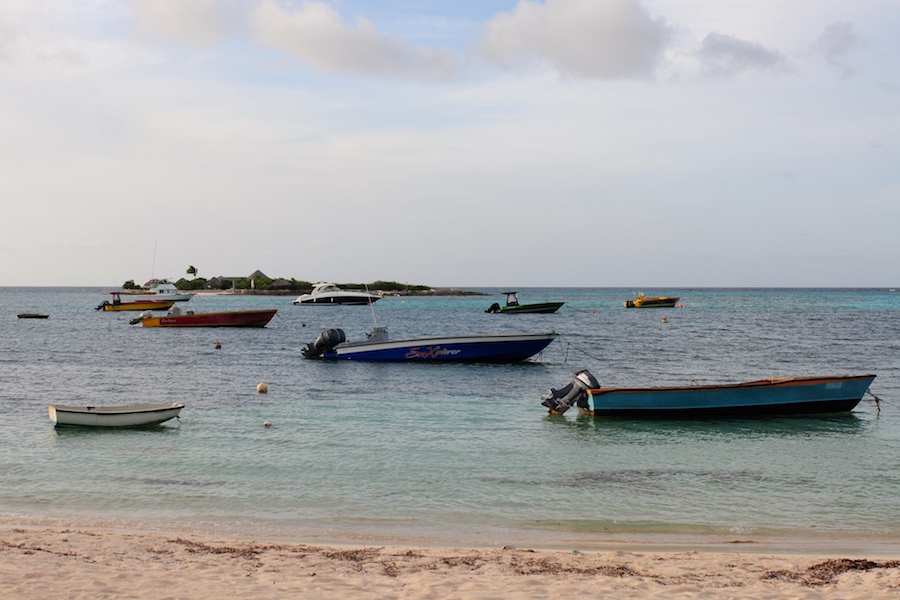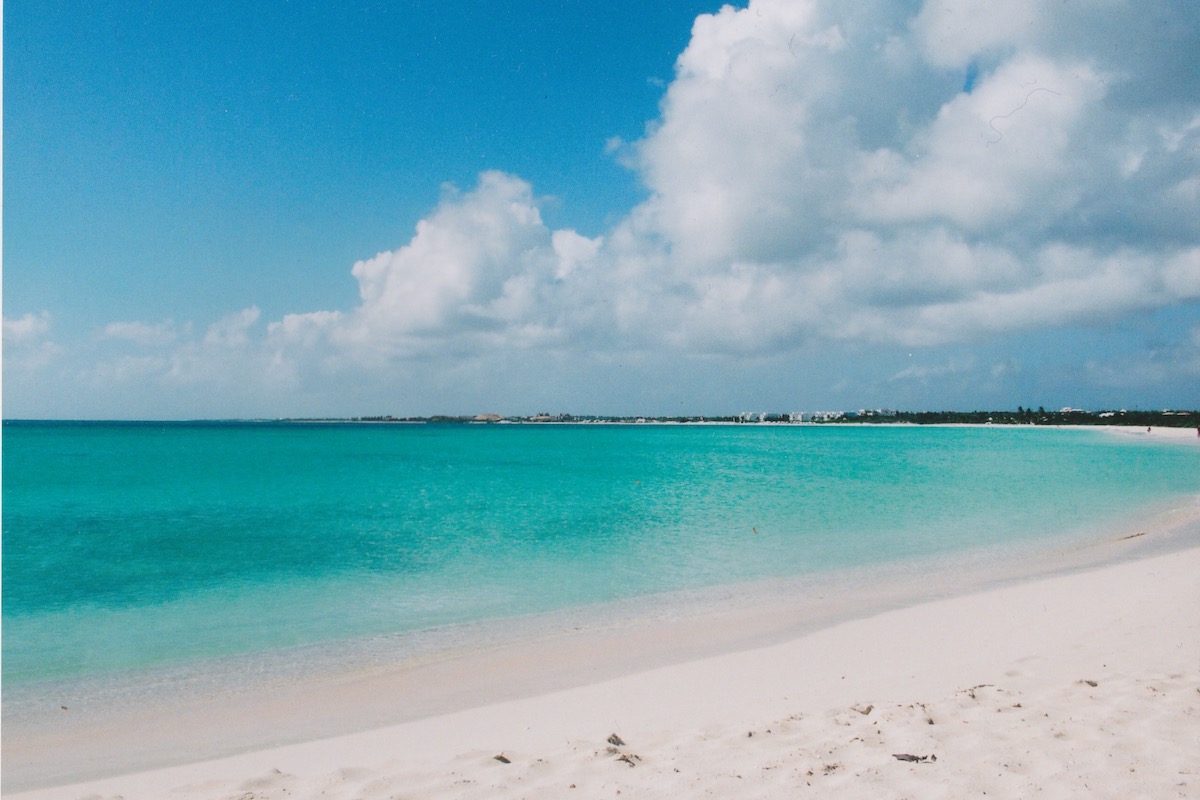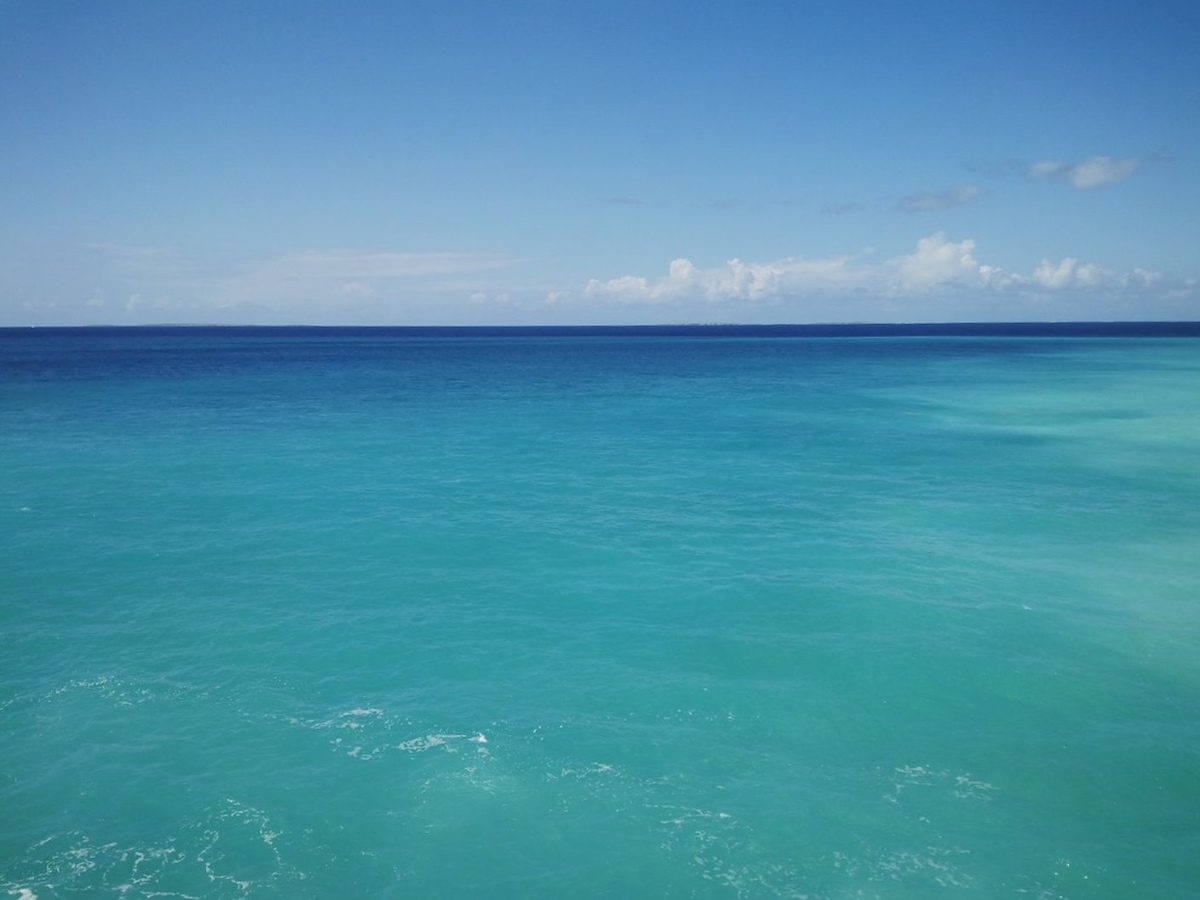If you have visited Anguilla the likelihood is you arrived by boat from St. Martin. The ferry terminal at Blowing Point is the point of entry of more than three quarters of the island’s visitors, which means that the silhouette of Anguilla gaining shape in the distance as the boat approaches from the south is the first impression the vast majority of people ever get of the island. Luckily, it makes for a deeply romantic and evocative sight!
Sitting on the ferry, impatient for the 20-minute ride that separates you from your final destination to end, it’s only natural that your eyes might drift westward as you ogle the endless stretch of sand that is Rendezvous Bay shining bright under the sun. If you look carefully, however, you will notice a series of indentations along the eastern coastline—Pelican Bay, Lockrum Bay, Little Harbour, Elsie Bay—populated not with the imposing buildings that have proliferated in the west but rather with the standalone houses and villas that have come to diversify Anguilla’s tourism industry in the twenty-first century.
Lockrum
Once upon a time, in a not too distant past, Lockrum used to be Anguilla’s forgotten man. Named after Robert Lockrum, onetime owner of an estate that ran from Little Harbour to Blowing Point, the area was initially overlooked by developers (and consequently visitors) simply because it doesn’t compare all that favorably against the sumptuous bays on the western portion of the island.
The true Anguilla expert, though, knows that while the chain of beaches facing south is not quite as striking as the emblematic white-sand and turquoise-water combination that characterizes the north- and west-facing bays, there is still something utterly special about the likes of Lockrum Bay, Little Harbour, Elsie Bay and so on.
Key to the turnaround of Lockrum from a forsaken area far removed from the island’s not-all-that-trodden track to becoming a mainstay in Anguilla’s high-end accommodation offer was the development in 2005 of the Jeremiah Gumbs Highway with a grant of more than five million dollars from the European Development Fund.
By then Anguilla’s tourism industry had begun to diversify, with luxury villas claiming an ever-greater proportion of the business. Substantially improved access to the southern end of the island meant that Lockrum would soon become a hotspot of exclusive tourism, with new builds mushrooming all along the coastline. Today some of the most extraordinary properties on Anguilla, including Beaches Edge and Three Dolphins, sit upon the cliffs and promontories between Pelican Bay and Little Harbour.
Little Harbour
In the island’s modern configuration, with upscale tourism at the forefront of the economy and Anguilla real estate fetching eight-figure selling prices, Little Harbour will always be associated with the Cinnamon Reef Resort, one of the very first foreign-owned developments to have sprouted on Anguillan soil.
Nested on the sheltered harbor, Cinnamon Reef provided in the early 1980s a rare taste of splendor among the otherwise charmingly basic services on offer on the island. Especially cherished was its restaurant, the Palm Court, which sat on a tiny bluff overlooking the cluster of villas hemmed around the deeply inset bay and the shallow blue water reaching far into the sea—placidly, lake-like—before fading into the surf whipped up by the natural barrier that gave the resort its name.
Soon after Cinnamon Reef opened to the public Anguilla would see its hospitality industry bolstered by the several projects that would cement the island’s standing among the most desirable ones in the world: Malliouhana, Cove Castles, Coccoloba Spa and finally Cap Juluca. These hotels took exclusivity to a different level and also profited from more striking surroundings in the shape of Meads Bay, Shoal Bay West, Barnes Bay, and Maundays Bay respectively, but even after extreme luxury was adopted as the island’s motto, the development on Little Harbour remained a local favorite.
Today little is left of Cinnamon Reef, and with Anguilla’s hotels concentrated primarily around the beaches on the western end of the island Little Harbour is not as popular as it once was. Nevertheless, as a residential area the quarter is thriving, with more and more private homes peppering the landscape along the southern coast. Additionally, some of Anguilla’s most sumptuous villas, such as Le Bleu and Indigo Villa, grace the picturesque coastline around Little Harbour, deservedly redirecting some of the attention—and the business—back to a part of the island that for some time was in danger of being left behind.

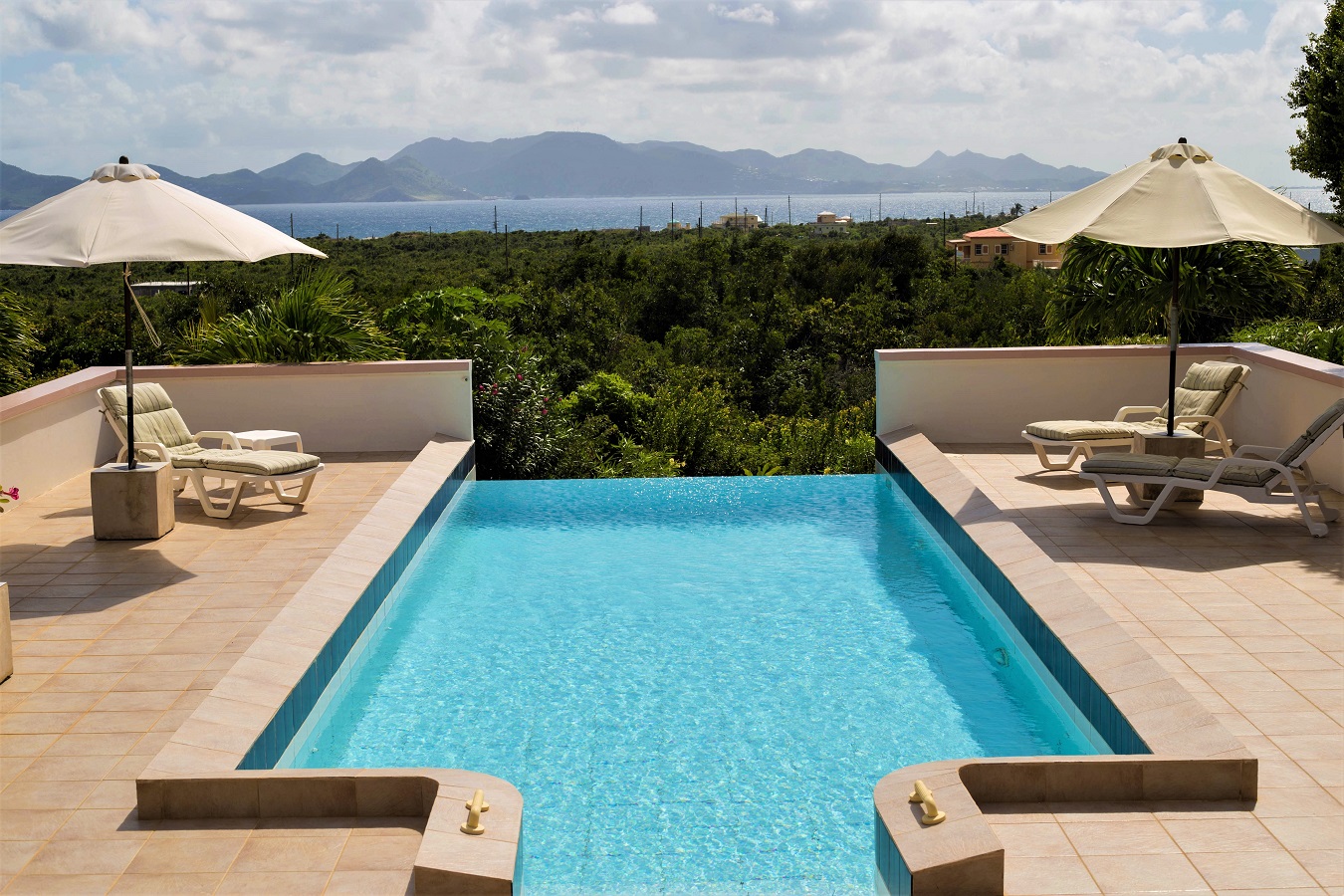

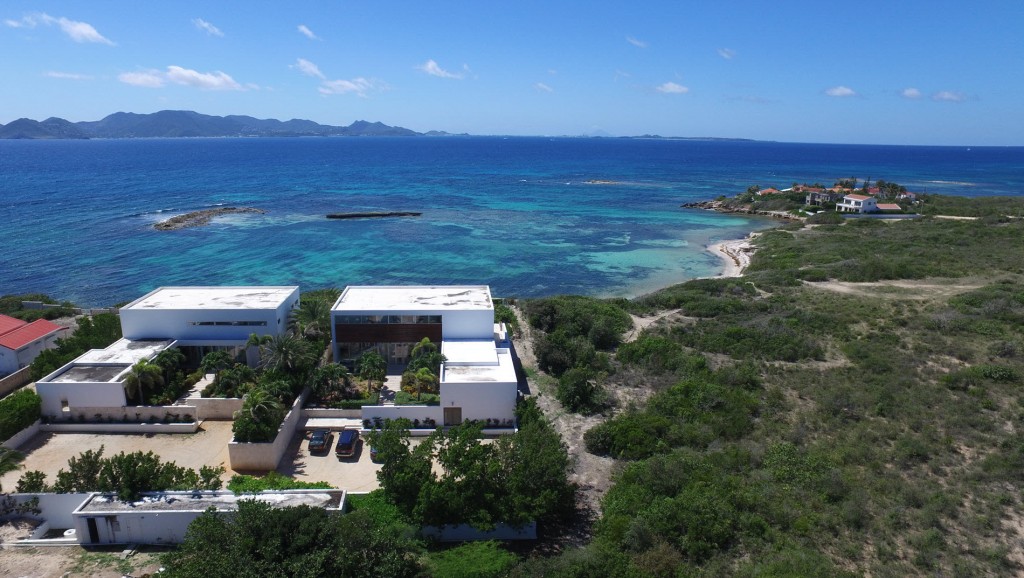
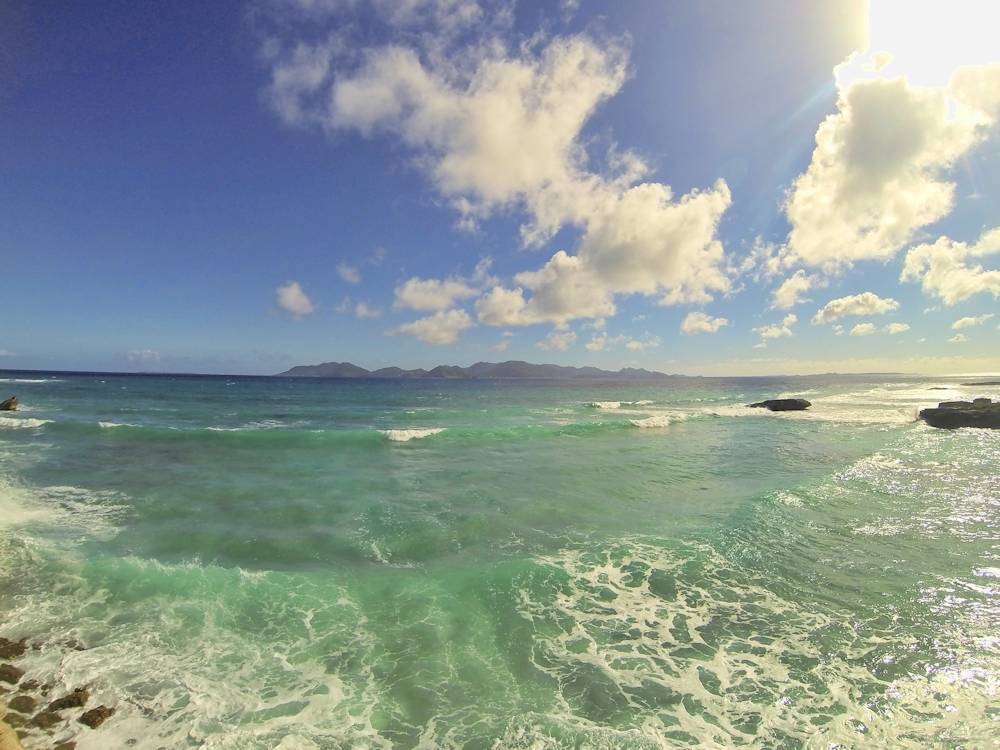

Elsie Bay
Meanwhile, Elsie Bay, the next cove east from Little Harbour, has always been a local favorite. Small, sheltered and secluded, the beach might not boast the powdery white sand that makes the front cover of glossy magazines around the world but there is a genuine sense of unspoiled Caribbean to this little-known corner. Dotted with a few homes here and there, the area is a good middle ground between the more densely populated districts on the western end of the island and the distant isolation of Sile Bay, Junk’s Hole Beach or Windward Point.
Elsie Bay’s highly convenient location, on the southern coastline yet at the center of the island, puts it within a ten-minute drive of both the airport at Wallblake and the ferry terminal at Blowing Point. Similarly, the island’s only town, The Valley, which houses the post office, the library, a few banks, a few supermarkets, and a petrol station, is less than ten minutes away, as is Sandy Ground, the place to be for a sunset drink and the rest of the nighttime shenanigans.
Strategically situated and blessed with some of the most evocative views around the island, Elsie Bay is not exactly the first name on everyone’s lips when investors come looking for opportunities in Anguilla—but the smart money is on this area joining the resurgent real estate market at some point in the not-too-distant future.
The Forest
There are many areas with curious names on Anguilla, names that inevitably lead to speculation about their origin or meaning, but none more prone to debate than the Forest and its bay. Anyone who’s spent more than two seconds on Anguilla knows this island is arid, flat, and about as far from a jungle as you could possibly get in the tropics. And yet, if tell a local you’re going to the Forest they might wonder what brings you there, but they’ll know exactly where you’re going.
Consult any of the tourist guides on the island and it’ll tell you that a few thousand years ago Anguilla was a lush place covered in dense vegetation, and this might well be the case but the giant capybara that shared the island with the Amerindians at the time left no record of it.
Something else you’ll read in the tourist guides is that considerable amounts of logging was conducted on the island in the 17th century, primarily to provide the shipyards in St. Kitts, at the time known as St. Christopher, with Anguilla’s high-quality timber. If there’s any truth to this tale, it’s reasonable to assume that The Forest is precisely where this logging took place.
Which is as good as any explanation to why there is no woodland near Forest Bay. Hurricane Irma in 2017 swept away the last remains of the wooden pier, once Anguilla’s second most important port of entry. Right in the middle of the southern coastline, the Forest provided the ideal location to communicate Anguilla with the rest of the Leeward Islands.
You can almost picture the island women, all in white, flocking down to the pier awaiting the arrival of the men in the legendary sailboats that every summer brought them back from the cane fields of San Pedro de Macorís. Later in the 20th century, once the Age of Tourism had reached Anguilla, the Forest kept its relevance, and indeed it was the intended location of an ambitious development of private bungalows, the shell of which can still be seen.
In the not-so-distant past the wooden pier at Forest Bay painted the quaintest of pictures as it lodged one of the island’s most beloved restaurants, the Straw Hat. It’s been more than a decade since Peter and Anne Parles moved their restaurant to Mead’s Bay, sapping some of the energy out of the community but the Forest remains one of the most genuinely appealing spots on Anguilla.
Discover all our available properties in Lockrum, Elsie Bay, Little Harbour and The Forest.

